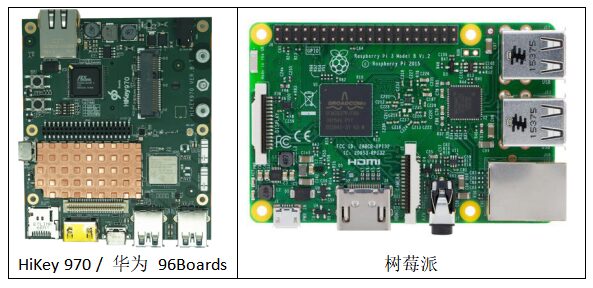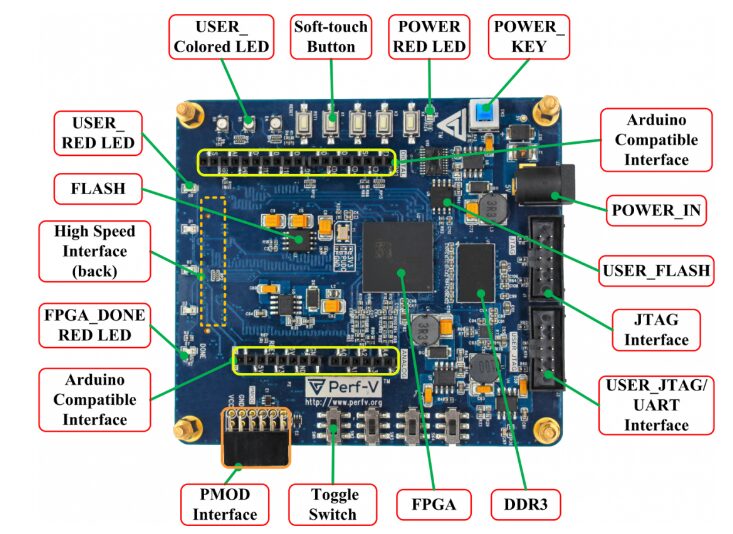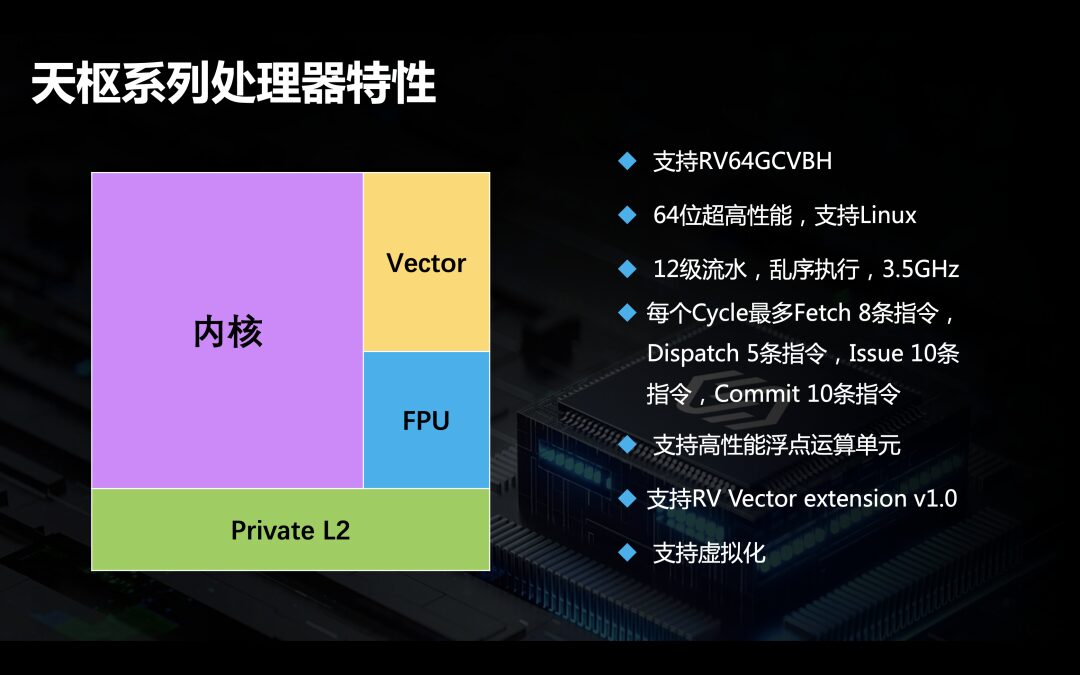Opportunities for Breakthroughs in Consumer Applications
Advantages and Challenges in High-Performance Applications
Is the Ecosystem Too Fragmented?
Building an Open Source Hardware and Software Ecosystem


Promoting the RISC-V Ecosystem

Conclusion

-
Breaking Through Computing Power and Storage, Cloud Service Providers Eye “EDA in the Cloud”
-
Voice Chips Take Off! True Demand Emerges, Internet Giants May Enter the Fray
-
November New Energy Vehicle Sales Soar 104.9%! Why Did Tesla Model 3 and BYD Han Ignite the Market?
-
Benchmarking Arm Cortex-A7x, Sifang Releases High-Performance RISC-V Processor Core; Samsung Increases CIS Production, Fully Catching Up with Sony | Weekly Technology Review
-
Arm Server Chips May Welcome a Springtime